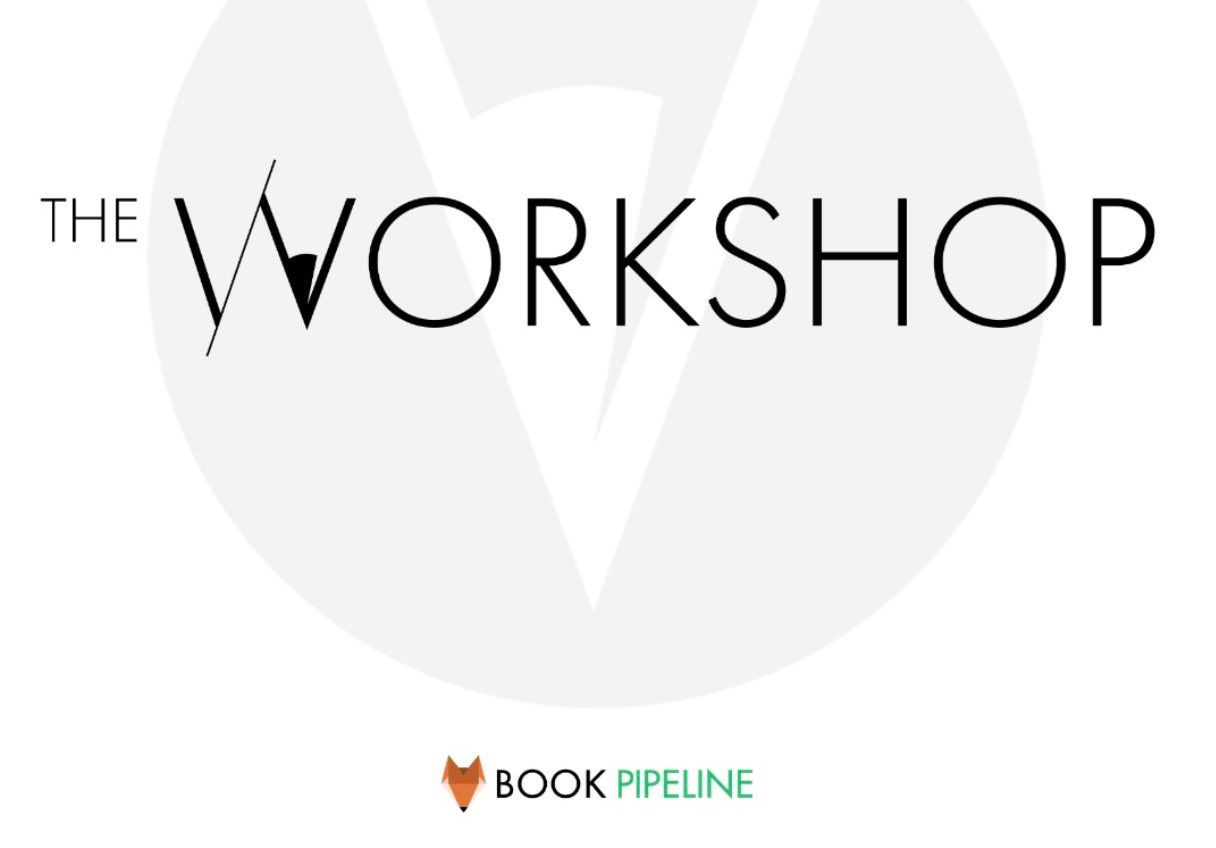
A Simple Guide to Writing the Dreaded Synopsis
Something I often hear from writers usually goes something like this: "How the hell am I supposed to boil down my 80K-word manuscript into a 1- to 3-page synopsis?!" Especially when every word of your story feels like a precious entity that must be included, writing the synopsis is no small feat!
Unlike a query letter, the synopsis is a document that describes how a story unfolds in its entirety, beginning, middle, and end. While you don’t need to include every minute detail about your story, you don’t want to leave the reader on a cliffhanger either. The synopsis should outline the main beats of the story while showcasing the protagonist’s emotional arc through to the resolution. The reader should come away with a clear image of the story as a whole.
While this may seem pretty basic, executing a successful synopsis is easier said than done, especially when you’re so close to your work. It’s often such a struggle to identify what is necessary to include, and what can be left out.
Let's boil it down to a basic guide of important elements to include in your synopsis:
1) Who is the protagonist of your story and what is their desire? They should have an internal desire and an external desire. Both should drive the story forward.
2) What obstacles get in the way of your protagonist achieving their desire?
3) What is at stake if the protagonist fails?
4) What is the climax of your story? This is where all the conflict comes to a head.
5) What is the resolution? Unlike a query letter, you don't want the synopsis to end on a cliff hanger. Tell the reader how the story ends.
6) How has the protagonist transformed or changed by the end of the story? This is an important element that will complete your main character's physical and emotional arc. The 'transformative moment' almost always dictates what the story, as a whole, is about.
While different stories will demand different structures to the synopsis, these elements are a great place to start. It’s also important to not forget about the voice and tone of the story when creating your synopsis.
While the synopsis is a technical document with the main purpose of summarizing a story, that doesn’t mean it shouldn’t be infused with the voice of your story. Whether your book is comedic, mysterious, thrilling, or magical, do your best to have your synopsis reflect the tone of your story.
If you're still dreading that synopsis, a great place to start is by using the information in the story beats of your original outline and expand upon that.
If you don't outline, well, then ... you might have something to dread.
*Feature photo by Jess Bailey Designs (Pexels)
